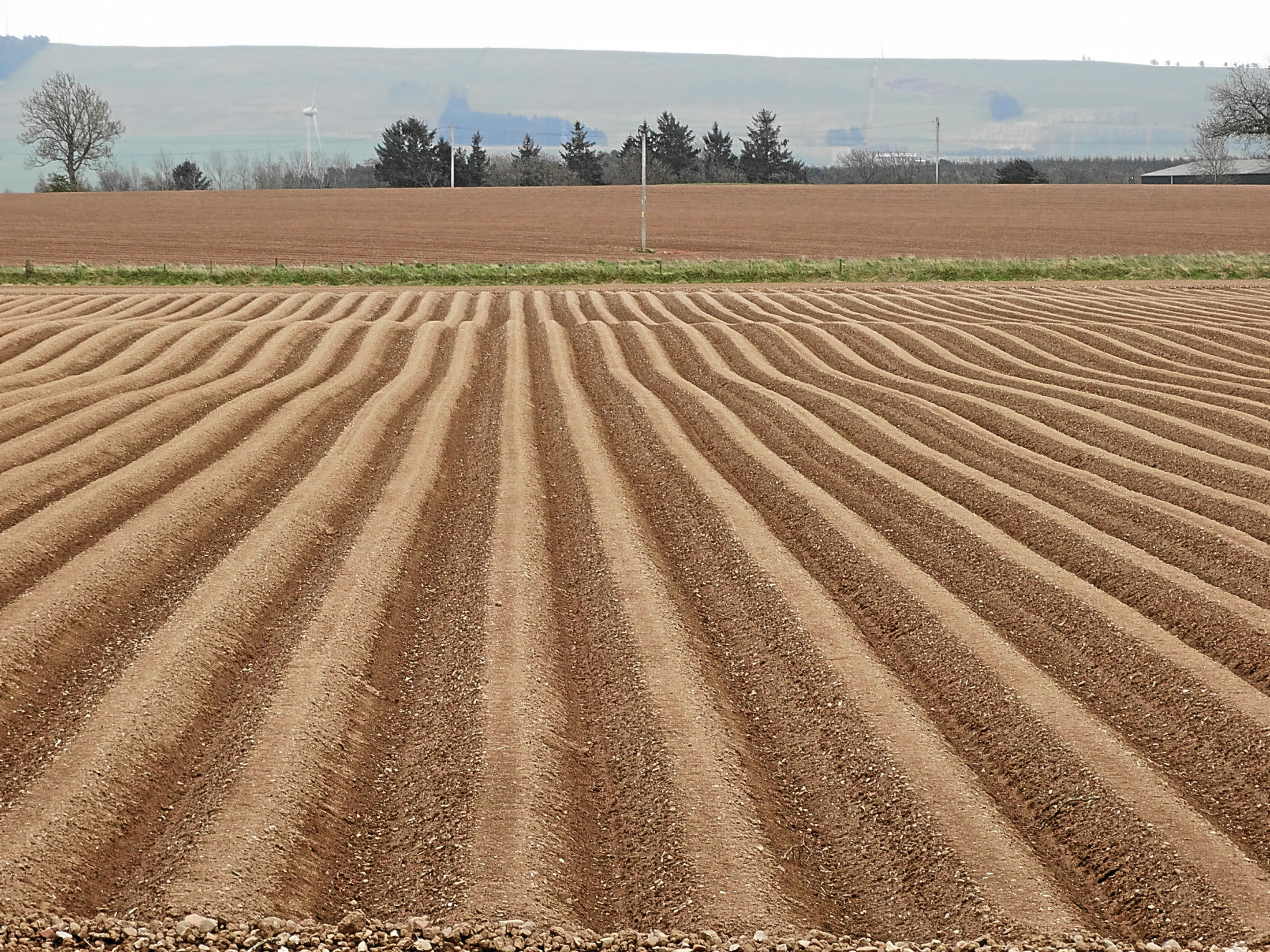May morning, the first morning of May month, is traditionally the one where young girls rise at dawn and dash outdoors to bathe their faces in the early morning dew, hoping it will bestow on them a flawless complexion.
After a lifetime of frivolous living, it would be vanity on my part to imagine that even the most efficacious May morning dew could do anything to touch up my skin tones, so I saw no good reason to get out of bed any earlier than usual last Sunday morning.
It’s been a strange spring in one respect – it’s only in the last 10 days that I’ve seen song thrushes hunting through the grass for earthworms, presumably for chicks in the nest.
Normally, I see them in the garden throughout the winter but they have been absent for months. With the ground still so damp there should be plenty of worms near the surface providing easy pickings for thrushes, blackbirds and robins.
Having a keek
The thrushes’ habit of hopping across the grass and cocking their heads to one side gives the impression they are listening for worms stirring in the soil. However, they don’t have ultra-sonic hearing.
The reality is their eyes are set further back on their heads than many other birds, extending their range of vision as a defence against predators. As a result, their near vision is restricted, so they must “keek” their heads to spy their grub.
And it’s the first spring for many years that I didn’t hear a mistle thrush’s clarion tones ringing from the topmost branches of a tall tree such as a Wellingtonia.
Bigger than the song thrush, they are early breeders and will lay as early as February, well before there are leaves on the branches to provide shelter or cover.
The cereal crops are mostly sown now, the fields drilled and rolled and farmers are busy planting the tattie crop.
As a wee laddie I went out to Stone of Morphie farm between Montrose and St Cyrus and, sitting in a horse-drawn cart, watched potatoes being planted by hand.
The seed potatoes were held in a jute sack tied in a pooch round the waist and at every step the farm worker dropped a potato into the furrow and they were then covered with earth or “furred up”.
When the crop was lifted, by hand again, the potatoes were stored in a straw-lined pit called a “tattie clamp”.
To protect them from the winter frosts they were covered with more straw and topped over with half a foot of earth.
Rhythm of life
The tempo of work was the tempo of the countryside. It’s all different now and mechanisation does the job quicker and more efficiently.
Next time you drive past a tattie field, take a moment to look at the drills, straight as a die up and down the field, regardless of its contours.
Ploughing nowadays relies on GPS, Global Positioning by Satellite. This is a satellite-based navigation system which directs and maintains the line of ploughing, almost making the driver redundant, although we’re not at the stage of robotic tractors yet, despite driverless or self-driving cars being trialled by Google.
It’s so reliable that the tractor driver can take his hands off the steering wheel and sit and read his Courier.
However, driverless ploughing may not be so innovative as you think. Are there any readers smooth enough in the tooth to remember steam ploughing? Certainly not me but then an ancient greybeard informed me not so long ago that I was “just a chucken”.
Steam ploughing involved two steam-driven traction engines – mostly, it seems, the famous Fowler engines – with a winch drum beneath their boilers, one on each side of a field, pulling a frame with a reversible plough between them on a steel cable.
Each engine pulled the implement in turn. At the end of each pull, the plough returned to the stationary engine and the other moved forward ready for the next pull. For a better informed explanation than I can give visit steamploughclub.org.uk
Medicinal
As a seasonal aside, I’ve just read that celandines, which are still in full flower, were a traditional Scottish remedy for haemorrhoids.
I cannot tell you whether they were eaten as a salad or their flowers drunk as an infusion, or indeed in what other unmentionable ways they may have been administered!
A sack of shakings comes from the glory days of sailing ships and refers to a miscellany of odds and ends of rope and canvas accumulated during a sailing voyage which were the perquisites of the chief mate. And a miscellany is what this week’s piece turns out to be.
So I’ll finish this week’s sack of shakings with the song The May Morning Dew by traditional Irish folk group, The Chieftains.
Verse two runs: “Oh, summer is coming, Oh, summer is near / With the leaves on the trees and the skies blue and clear / And the small birds are singing their fond notes so true / And the wild flowers are springing in the May morning dew.
